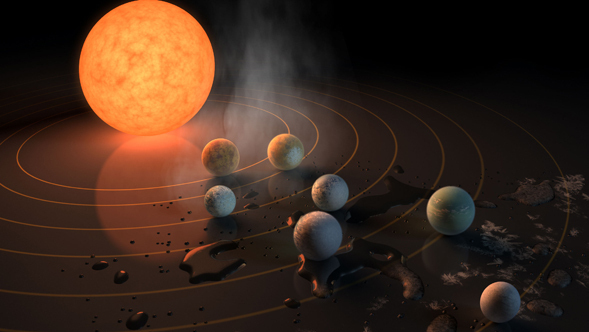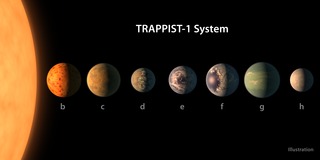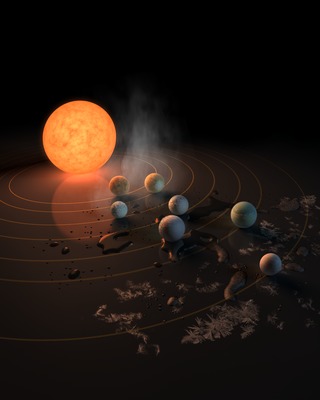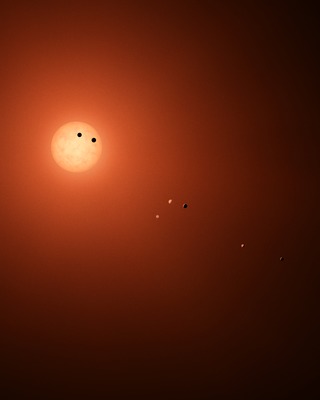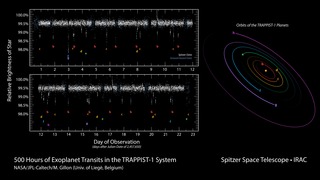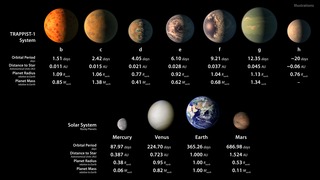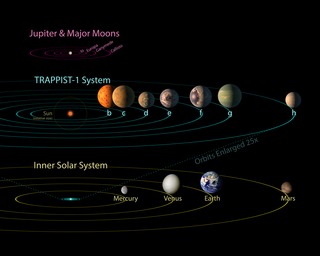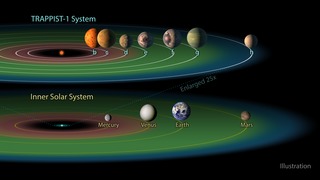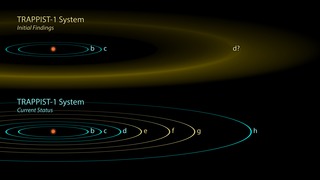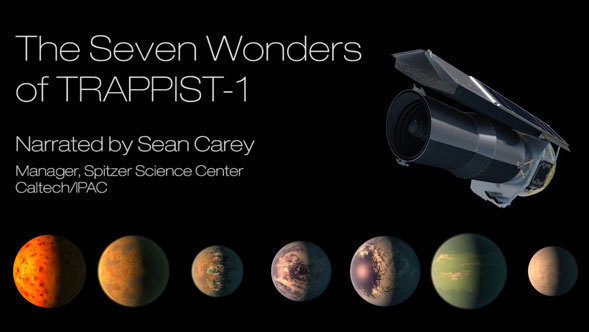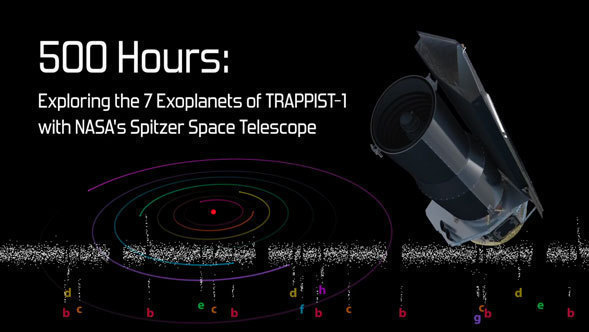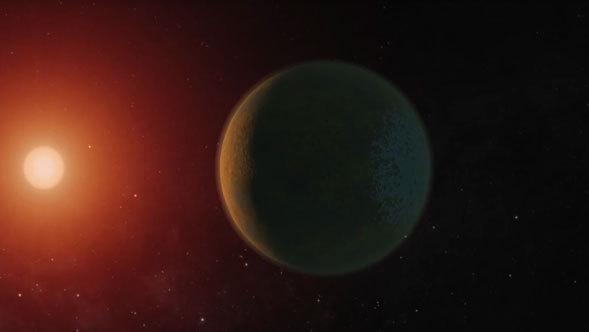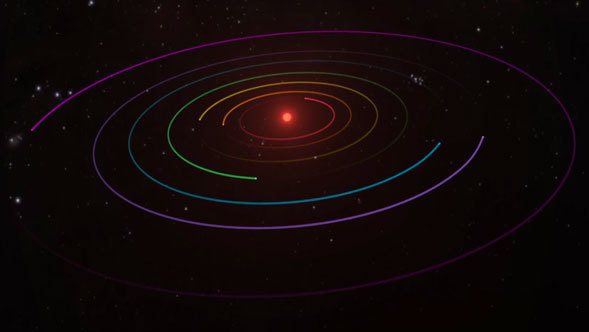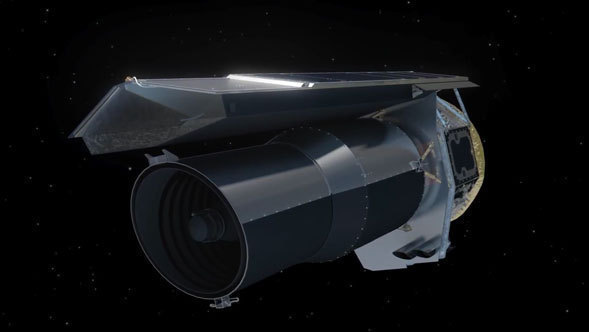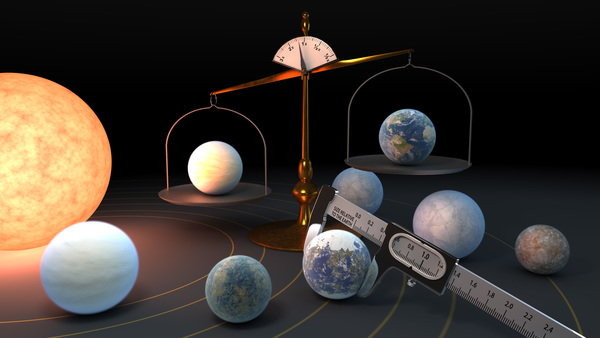The Seven Wonders of TRAPPIST-1
Video • February 22nd, 2017 • ssc2017-01v1
This video details a system of seven planets orbiting TRAPPIST-1, a discovery of the Spitzer Space Telescope, operated by NASA's Jet Propulsion Laboratory in Pasadena, California. TRAPPIST-1 is an ultra-cool dwarf star. Over 21 days, Spitzer measured the drop in light as each planet passed in front of the star. Spitzer was able to identify a total of seven rocky worlds, including three in the habitable zone where life is possible. The study established the planets' size, distance from their sun and, for some of them, their approximate mass and density. It also established that some, if not all, these planets are tidally locked, meaning one face of the planet permanently faces their sun.
Video Credit: NASA/JPL-Caltech
Download
